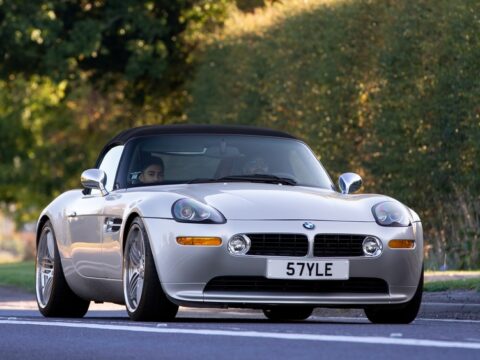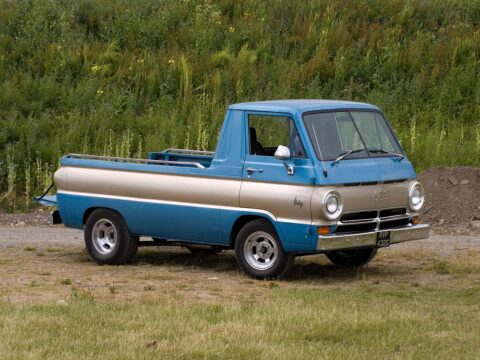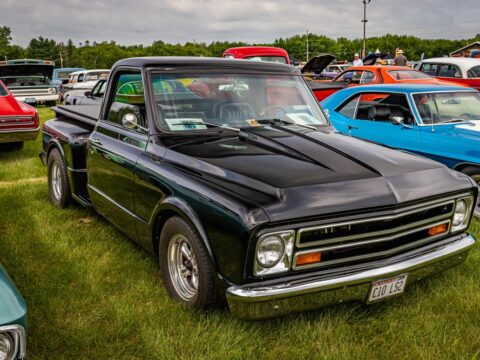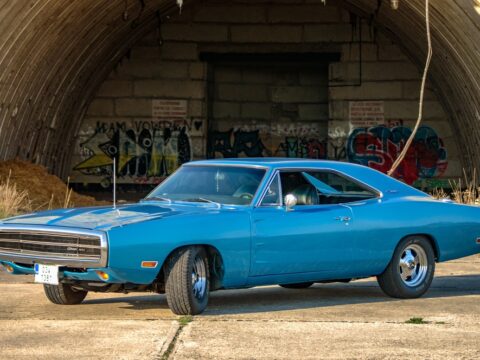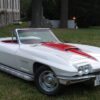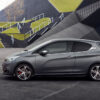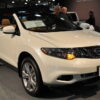Compact cars have transformed the automotive world, offering practical, efficient, and innovative designs that cater to a wide range of drivers. Over the years, several compact car models have pushed boundaries, introducing groundbreaking features and capturing the market’s attention. From sleek city cars to performance-driven models, these revolutionary designs have left a lasting impact. Here’s a look at 17 compact car designs that truly made waves in the market.
Contents
Mini Cooper (1959)
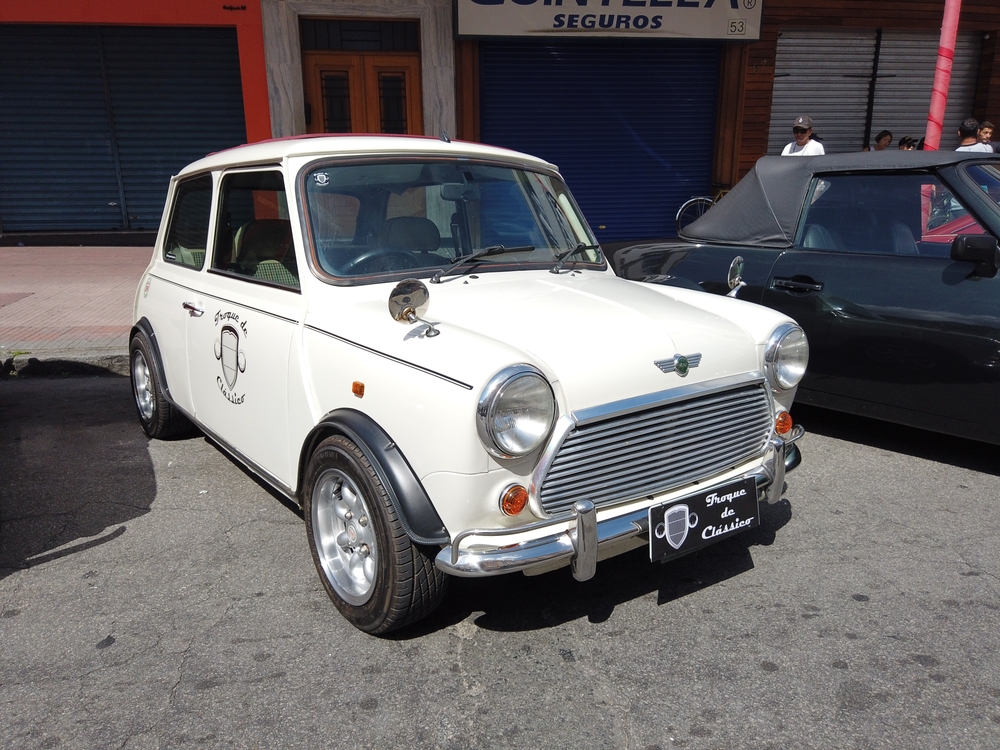
The Mini Cooper became an icon in the compact car world, thanks to its space-efficient, front-wheel-drive layout. Its innovative design allowed for a roomy interior despite its small footprint, making it an ideal city car. Launched in 1959, it quickly gained popularity for its agile handling and unique look. Beyond everyday driving, the Mini dominated motorsport, particularly in rally racing, which added to its widespread appeal.
Volkswagen Golf GTI (1976)
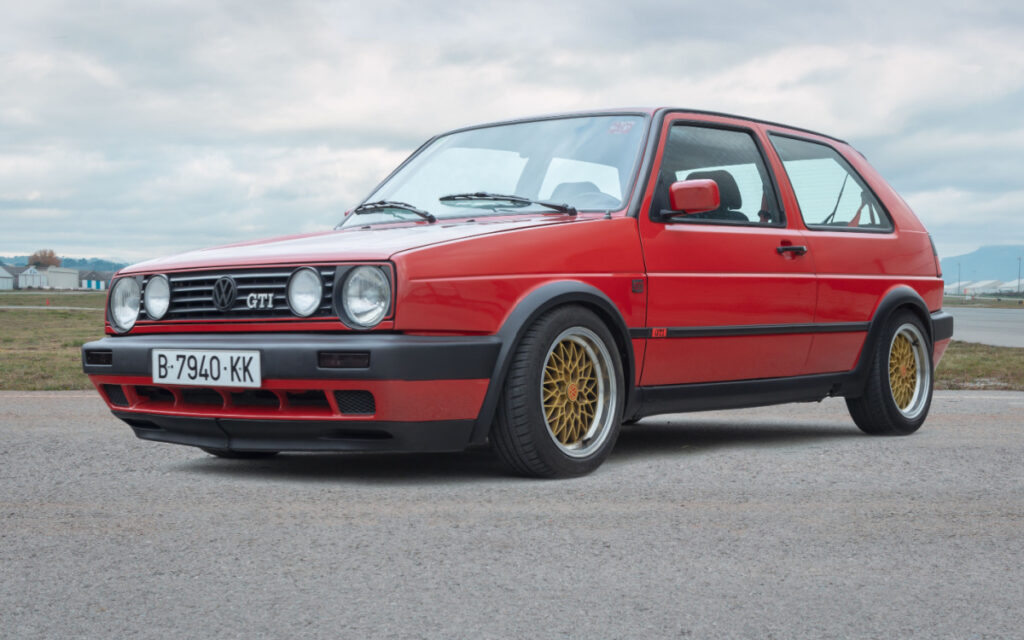
The Volkswagen Golf GTI changed the compact car market by blending everyday practicality with performance. Released in 1976, this hot hatch packed a punch under the hood without compromising on usability. Its powerful engine and sharp handling made it an instant hit among driving enthusiasts. At the same time, it maintained the convenience of a regular Golf, which helped it gain a wide following.
Honda Civic (1972)
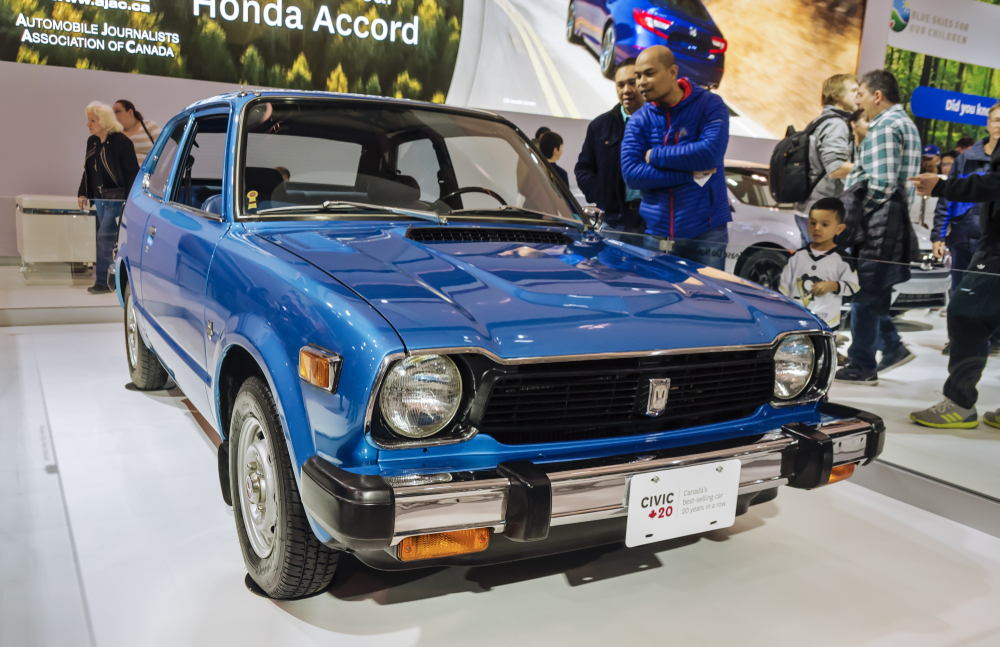
The Honda Civic entered the market at a time when fuel efficiency was becoming increasingly important. First introduced in 1972, it revolutionized the compact car category with its reliable performance, low emissions, and affordability. Early models became known for their fuel-efficient engines, particularly during the oil crisis of the 1970s. The Civic’s innovative engineering allowed it to meet strict environmental regulations, all while remaining accessible to the average buyer.
Toyota Corolla (1966)
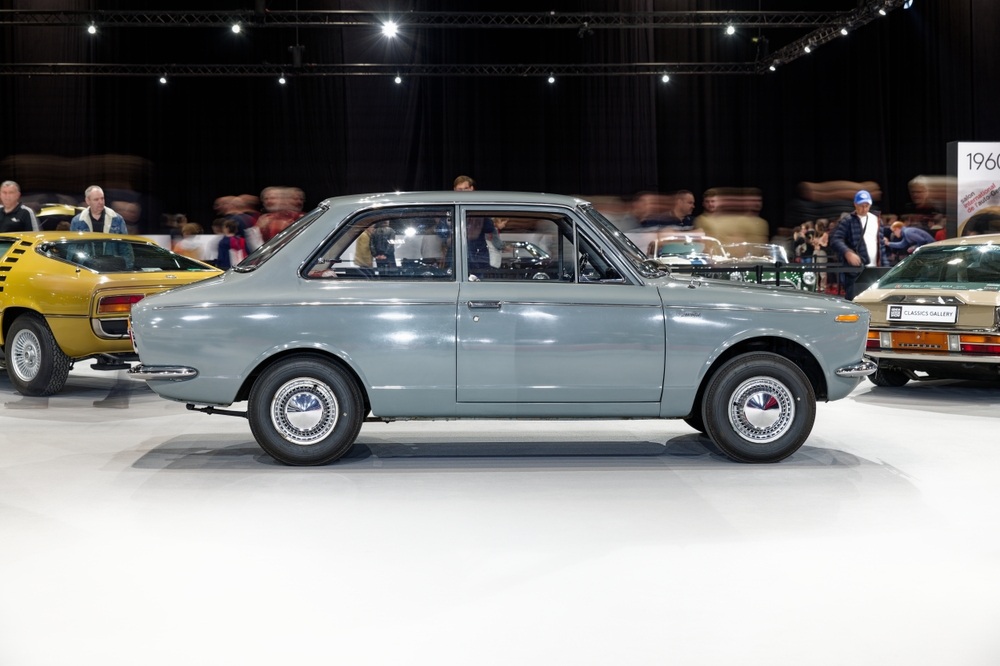
The Toyota Corolla is a cornerstone in the compact car market, known for its unmatched reliability and affordability. First launched in 1966, it was designed to offer dependable transportation at a reasonable price, quickly becoming a global success. Its simple design, coupled with Toyota’s reputation for durability, made it a popular choice for families and first-time car buyers alike. The Corolla’s adaptability to changing automotive trends—such as improving safety and technology features—has kept it relevant across decades.
Fiat 500 (2007)

Fiat’s reintroduction of the 500 in 2007 brought a sense of retro charm to modern city cars. Paying homage to the original 1957 model, this version combined vintage aesthetics with contemporary features like advanced safety systems. The Fiat 500’s compact size made it perfect for navigating tight urban spaces while maintaining an eye-catching, stylish appearance. Despite its small footprint, it offered surprising interior comfort and fuel efficiency.
Ford Fiesta (1976)
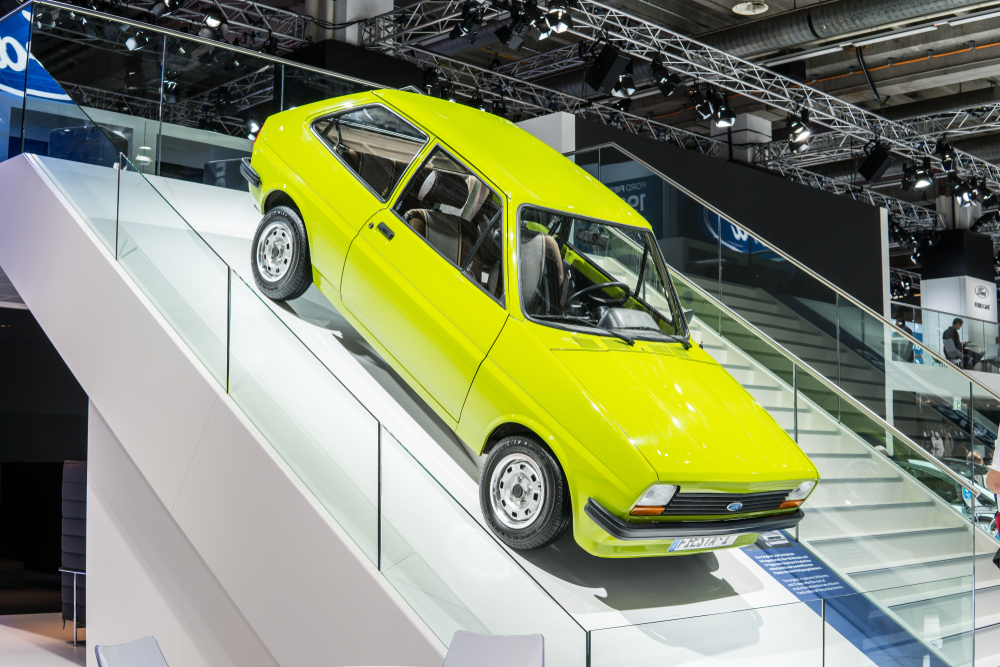
The Ford Fiesta, first introduced in 1976, came to market as an answer to rising fuel prices and the need for smaller, more efficient cars. It was Ford’s first major foray into front-wheel-drive cars, making it a pioneering model for the brand. With its compact size, the Fiesta was ideal for city driving, while still offering a spacious interior for a car of its class. Over the years, the Fiesta became known for its fun-to-drive nature and affordability.
Smart Fortwo (1998)
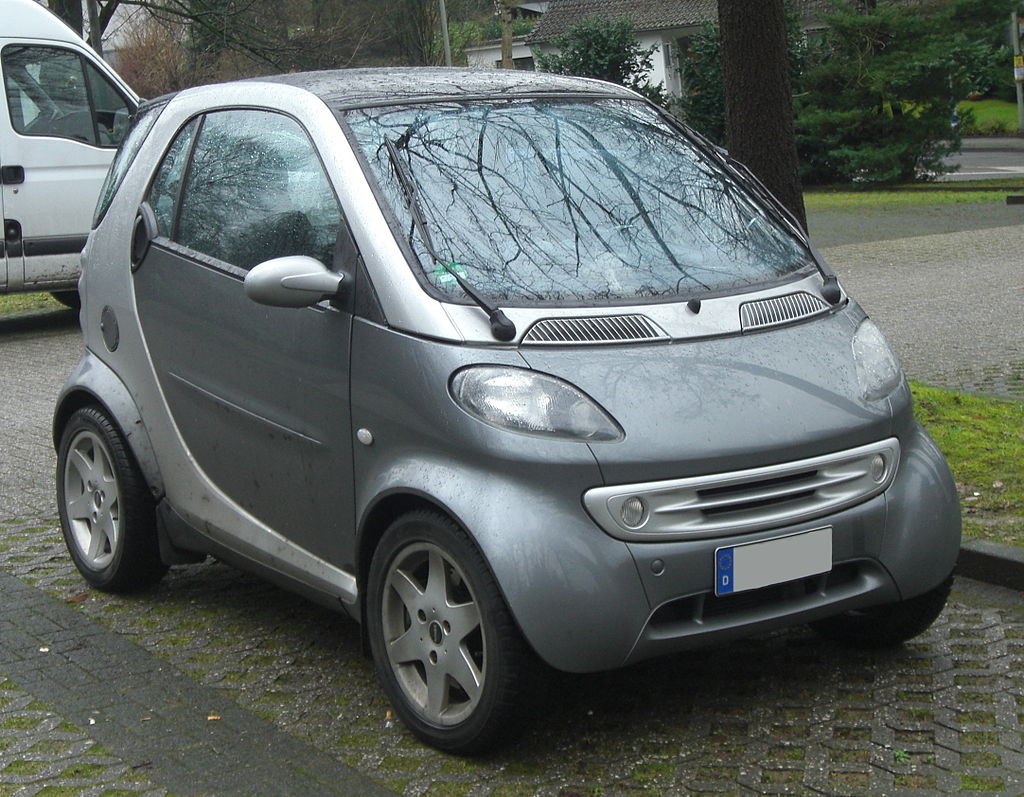
In 1998, the Smart Fortwo introduced a radical new concept to the compact car market with its ultra-short, two-seat design. Created with urban driving in mind, it was engineered to be as space-efficient as possible while still providing a comfortable cabin for its occupants. Its tiny size allowed it to fit into parking spots that were previously unusable by conventional cars. The Fortwo’s quirky design and eco-friendly credentials made it stand out in cities across the globe.
BMW i3 (2013)
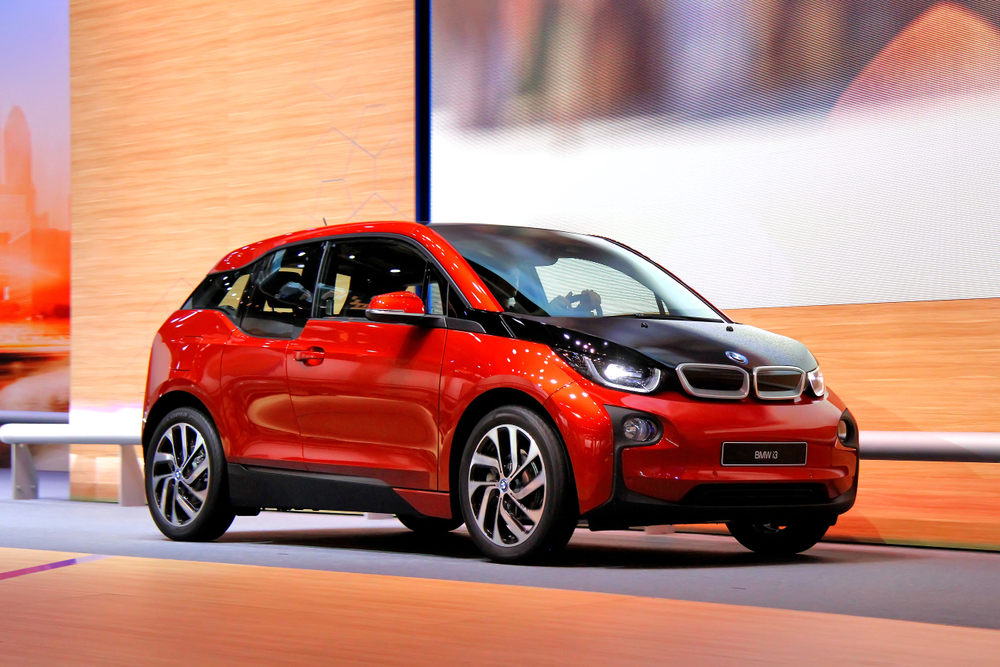
The BMW i3 broke new ground as a fully electric compact car with a futuristic design. Launched in 2013, its body made from carbon-fiber-reinforced plastic was not only lightweight but also environmentally friendly. The i3 showcased BMW’s commitment to sustainability without sacrificing performance, offering an impressive range for city driving. Inside, its minimalist, tech-focused cabin appealed to forward-thinking consumers.
Peugeot 205 GTi (1984)
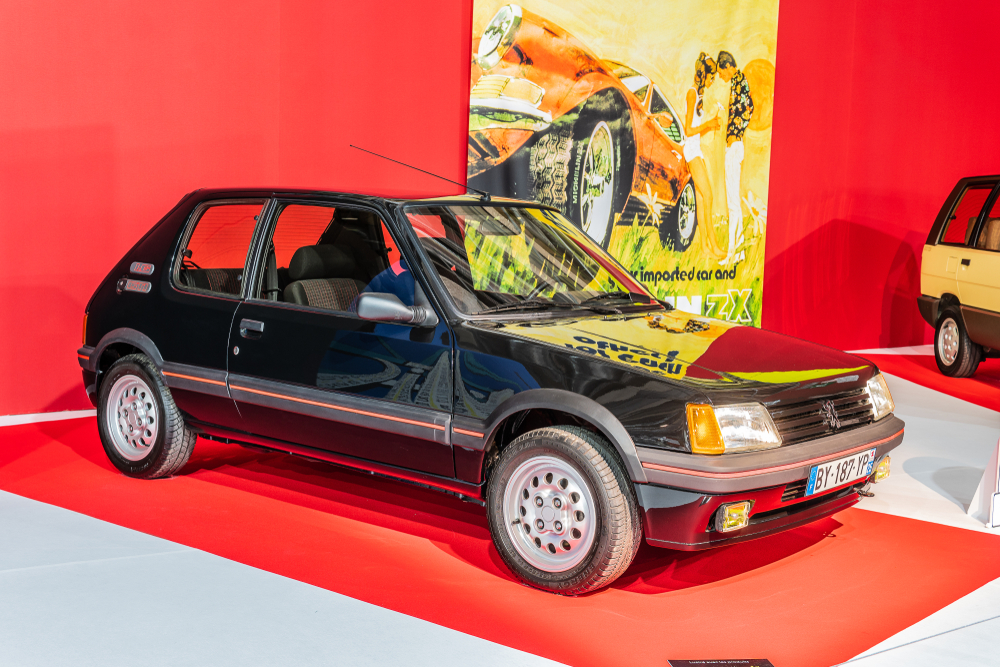
The Peugeot 205 GTi became an icon of the 1980s thanks to its compact size and exhilarating performance. Its lightweight construction and potent engine gave it a reputation as one of the best hot hatches of its time. The GTi delivered a sporty, engaging driving experience while remaining practical enough for everyday use. Its bold styling and competitive pricing only added to its appeal.
Volkswagen Beetle (1938)

The Volkswagen Beetle, with its unmistakable round shape, became a symbol of affordable, reliable transportation after World War II. Originally designed in 1938, it was simple and durable, making it a car for the masses. The Beetle’s rear-engine layout was unusual but contributed to its distinctive handling and spacious interior. Over the decades, it evolved into a beloved cultural icon, especially in the 1960s and ’70s.
Chevrolet Volt (2010)
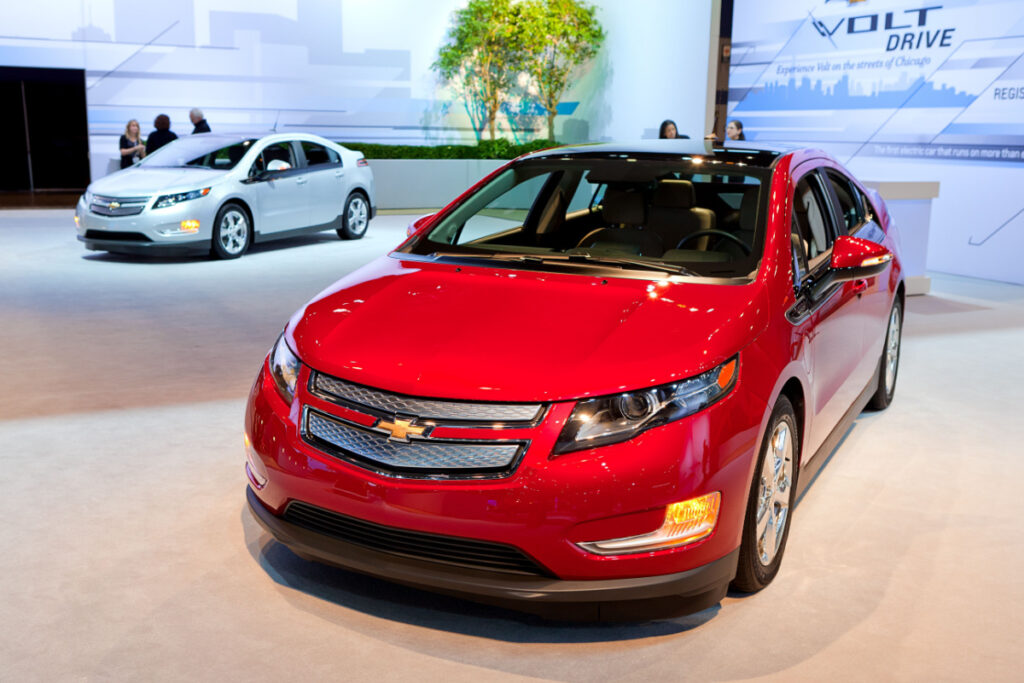
Chevrolet’s Volt introduced a new wave of electrified driving with its extended-range electric vehicle (EREV) technology in 2010. The Volt could travel up to 40 miles purely on electric power before switching to its gasoline engine, making it practical for both short commutes and longer trips. This innovation bridged the gap between traditional combustion engines and fully electric vehicles.
Renault Twingo (1993)
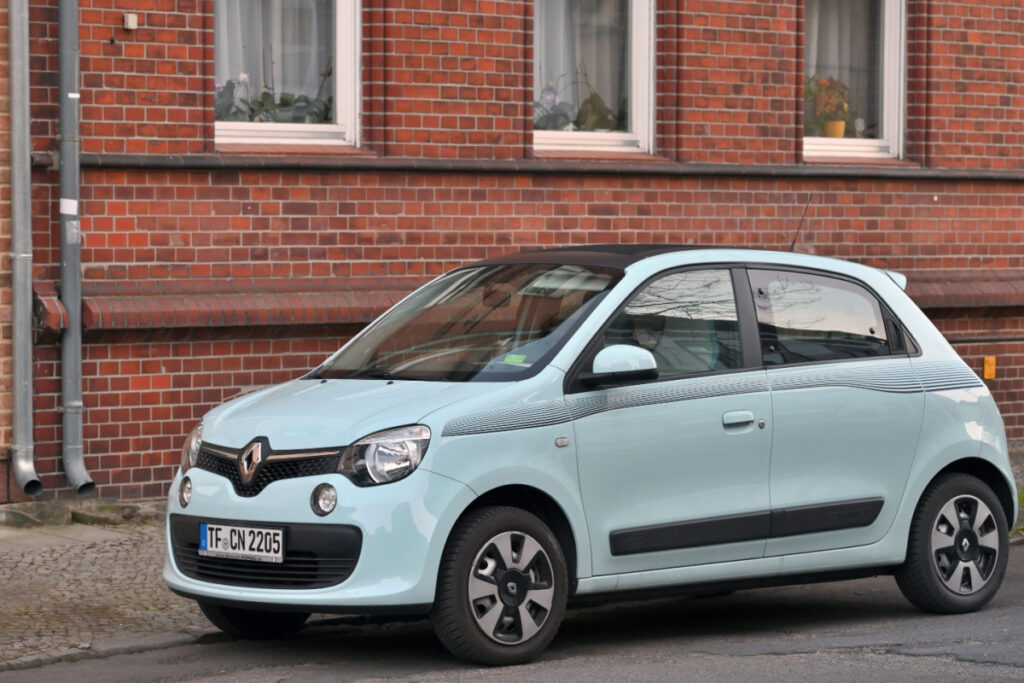
Renault’s Twingo broke the mold for small city cars when it debuted in 1993 with its playful, one-box design. This innovative shape maximized interior space while keeping the exterior compact, making it a perfect fit for urban environments. Its cheerful, colorful design was a hit with younger buyers, and it offered great value with its affordable price and economical fuel consumption. The Twingo’s ability to provide space and practicality without sacrificing style made it stand out among compact cars.
Hyundai Pony (1975)
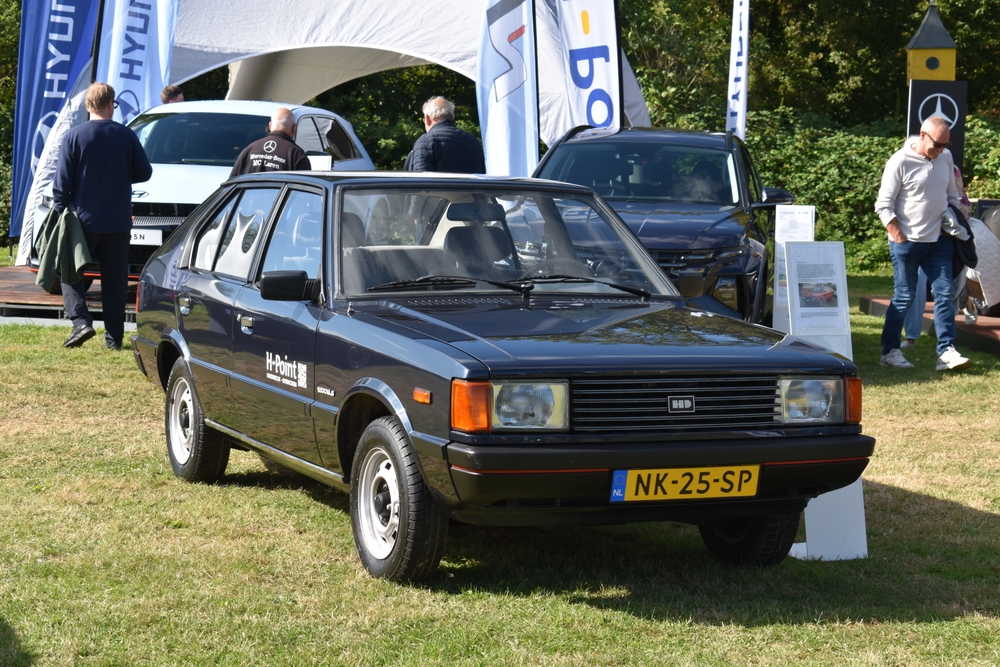
The Hyundai Pony holds a special place in automotive history as South Korea’s first mass-produced car. Launched in 1975, it marked Hyundai’s entrance into the global market with a compact, reliable, and affordable vehicle. The Pony’s straightforward design made it easy to maintain, and it quickly found success in export markets like Canada. It paved the way for Hyundai’s growth into one of the largest automakers in the world.
Suzuki Swift (1983)
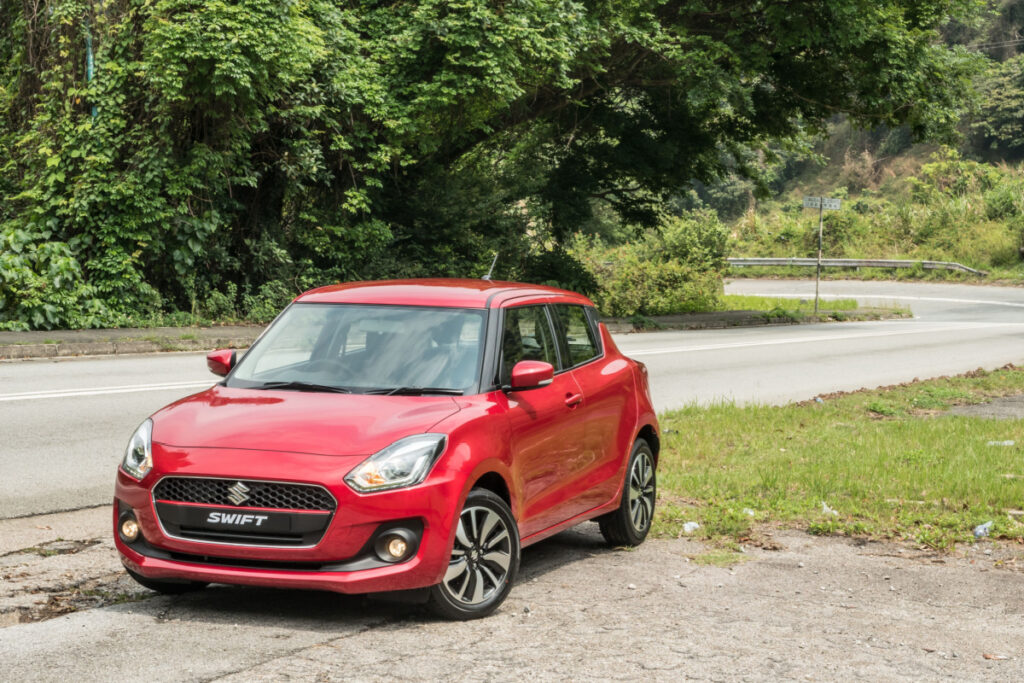
The Suzuki Swift brought an ideal combination of fun, affordability, and practicality when it launched in 1983. This compact hatchback stood out for its light, agile handling, making it an exciting option for city drivers. Its affordability and reliability won over many first-time car buyers, especially in growing markets. The Swift evolved into a sportier version over the years, offering more performance without sacrificing its practicality.
Nissan Leaf (2010)
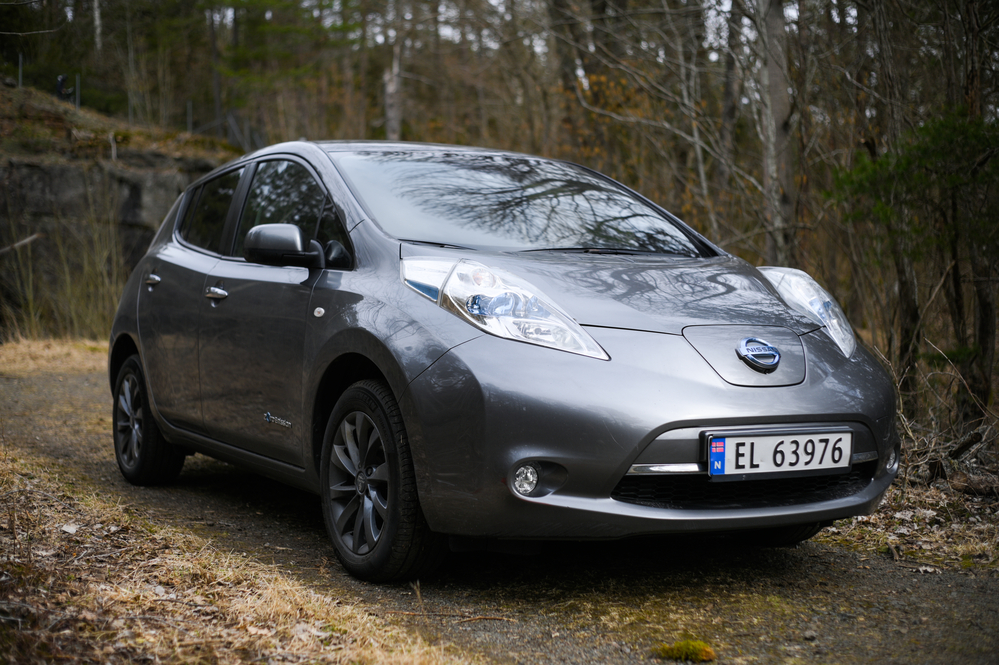
As one of the first mass-market electric vehicles, the Nissan Leaf made a lasting impact on the automotive world when it launched in 2010. Its fully electric design promised zero emissions, making it an appealing choice for eco-conscious drivers. The Leaf’s compact size and affordable price tag helped it gain traction in urban areas where EV charging was becoming more accessible.
Citroën 2CV (1948)
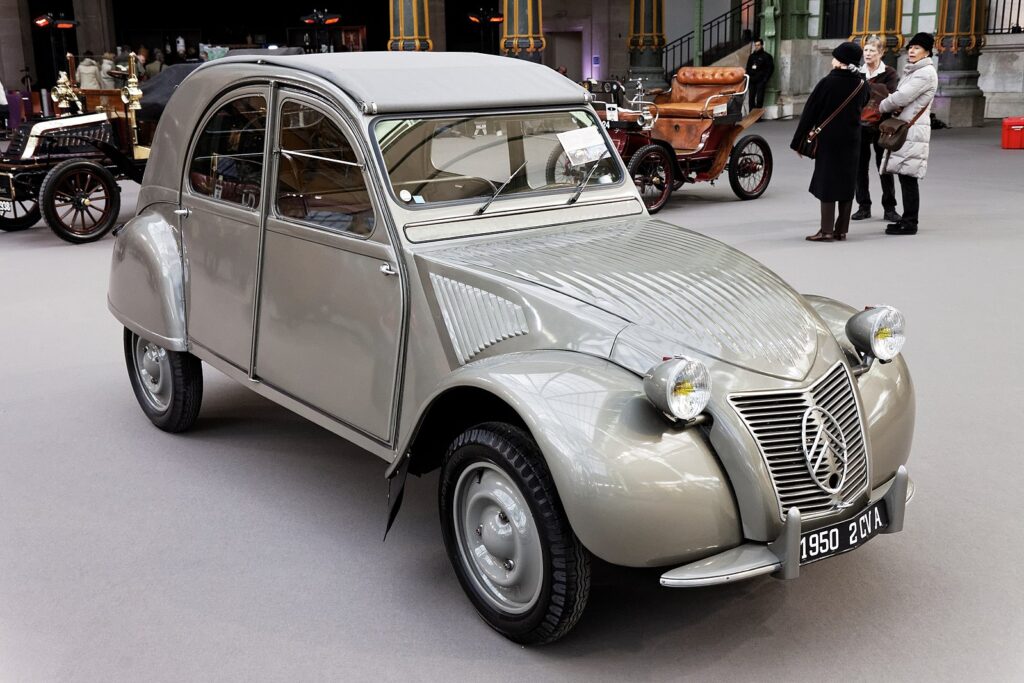
The Citroën 2CV is one of the most iconic cars in automotive history, with a design focused on simplicity and practicality. Introduced in 1948, it was designed to be affordable for rural French farmers while still providing excellent fuel efficiency. Its unique body and soft suspension allowed it to handle rough terrain, making it highly versatile. Over the years, it became a beloved symbol of French ingenuity and frugality. The 2CV’s minimalist approach influenced compact car design for decades.
Kia Soul (2008)

The Kia Soul shook up the compact car market with its unconventional boxy design when it debuted in 2008. With its spacious interior and high seating position, the Soul offered the practicality of a compact SUV while maintaining a small, city-friendly footprint. Its youthful styling and customizable features made it a hit among younger drivers. Despite its quirky appearance, the Soul delivered solid performance and excellent fuel economy, proving that practicality and personality could go hand in hand.
This article originally appeared in MyCarMakesNoise.
More from MyCarMakesNoise
13 Jeep Models with Unmatched Power and Performance
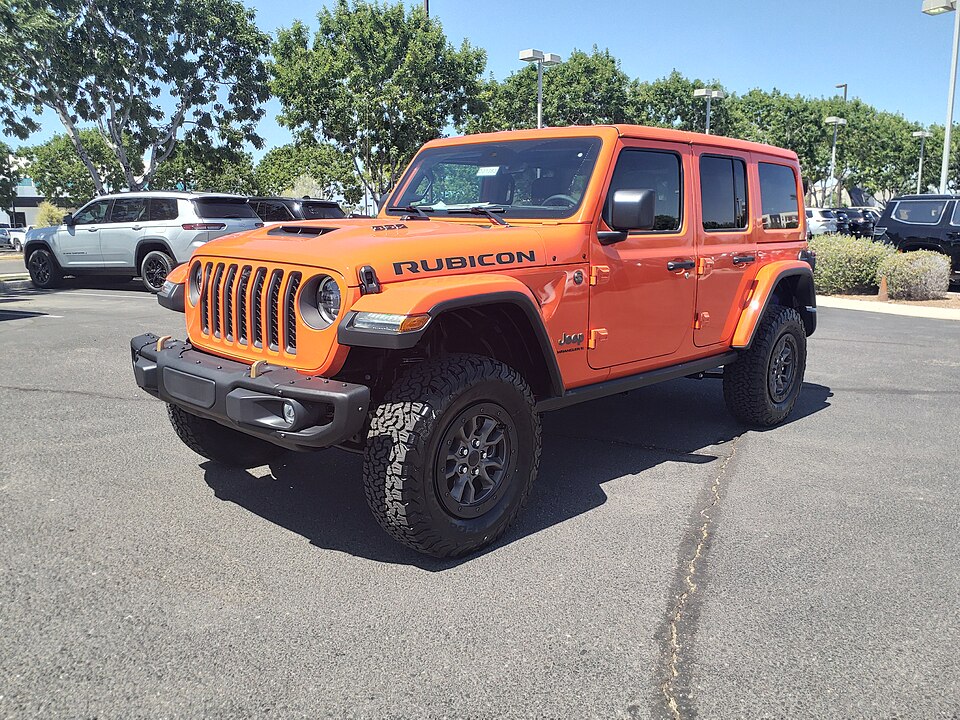
Jeep has long been synonymous with rugged durability and formidable off-road capabilities. Here, we highlight the most powerful Jeep models ever built, showcasing how the brand successfully combines raw power with innovative engineering to meet the needs of both adventure seekers and performance enthusiasts. Read More.
10 Surprising Facts You Didn’t Know About Lexus
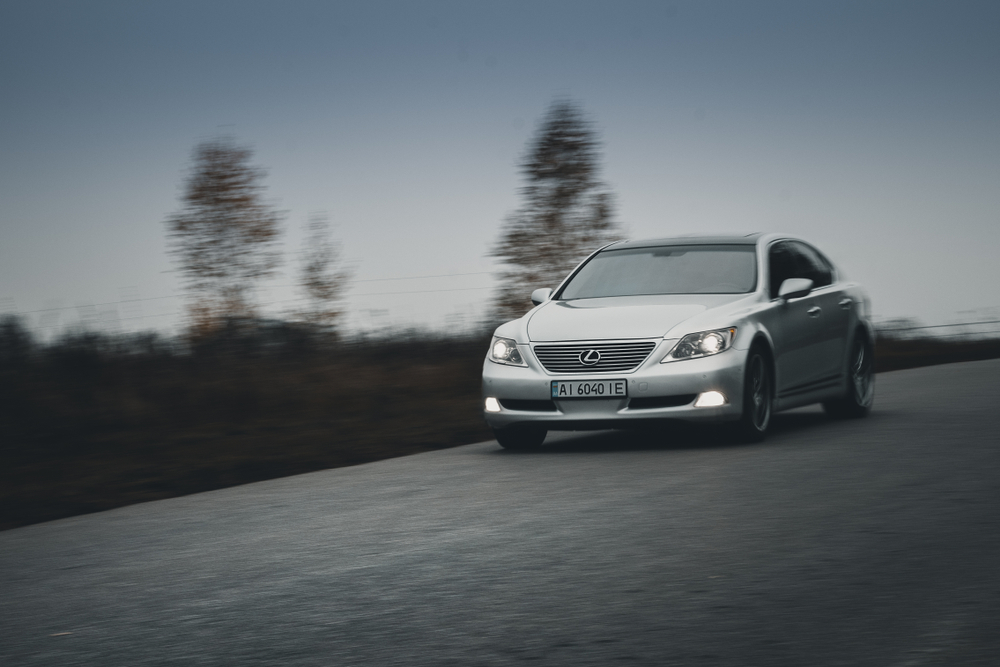
Lexus has long been synonymous with luxury and innovation, yet there are many fascinating aspects of this iconic brand that remain under the radar. Beyond its sleek designs and superior comfort, Lexus has consistently pushed the boundaries of automotive technology and design, making significant impacts that are not widely known. Read More.
10 Best Aircraft to Train In for Your Private Pilot’s License

Embarking on the journey to obtain your Private Pilot’s License is an exciting and transformative experience. The choice of aircraft plays a pivotal role in shaping your training and skills. Read More.

